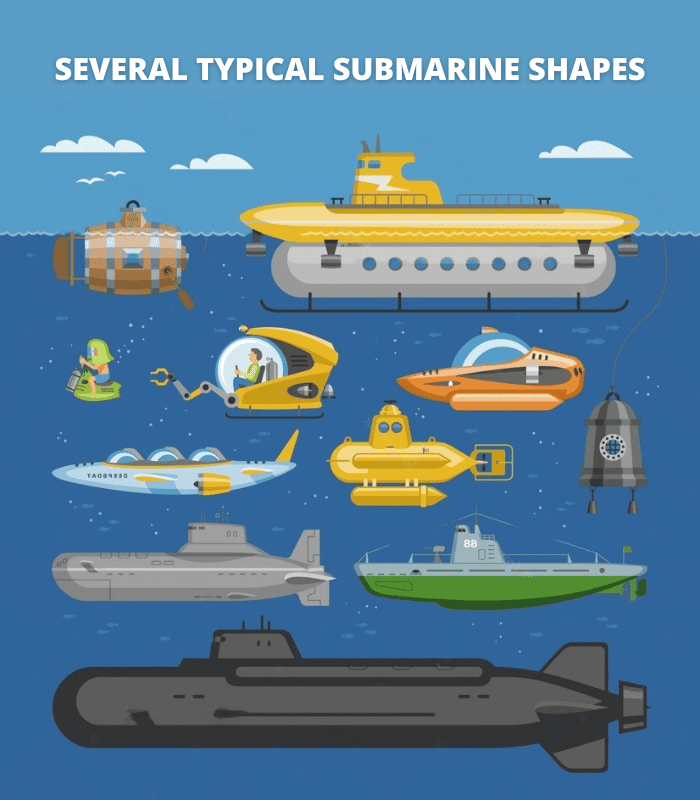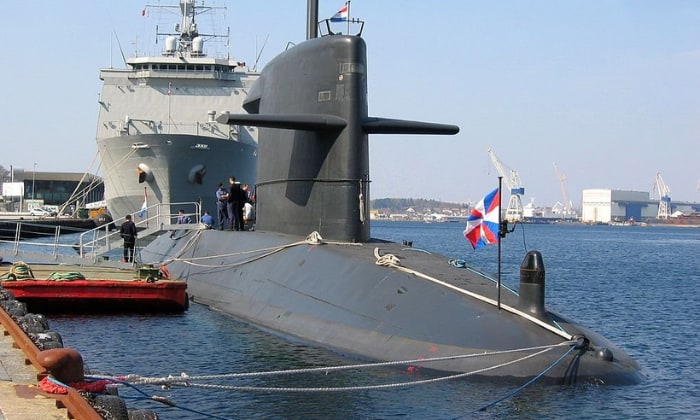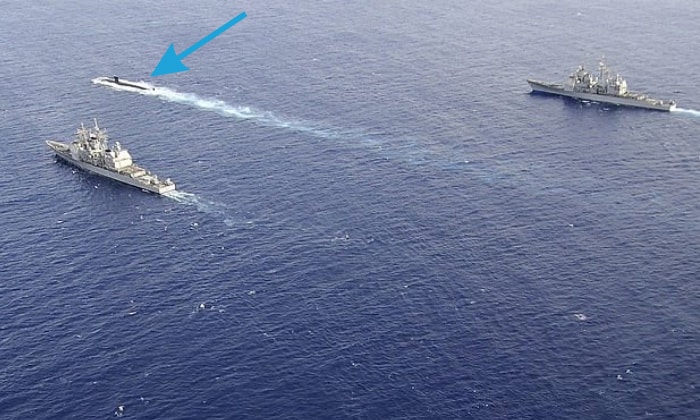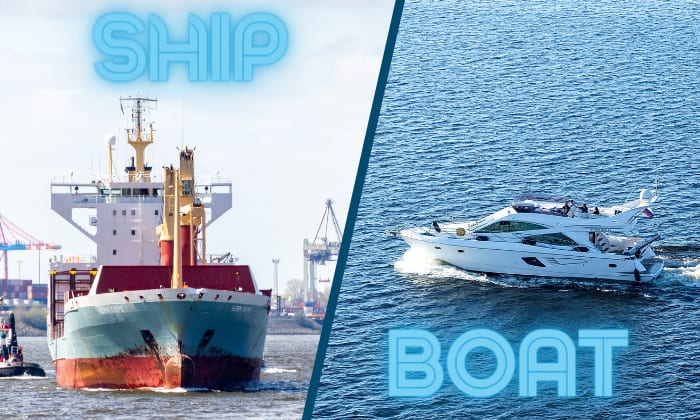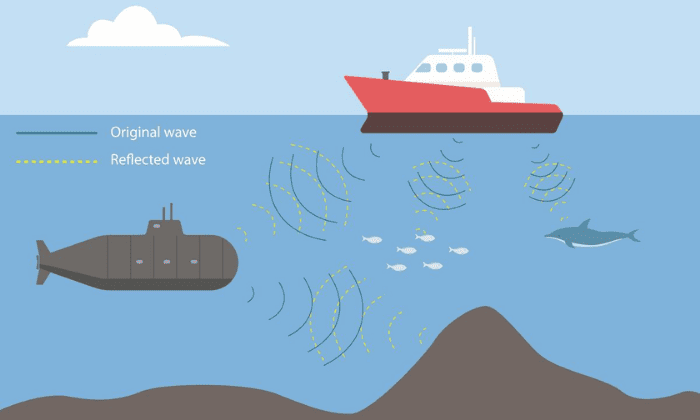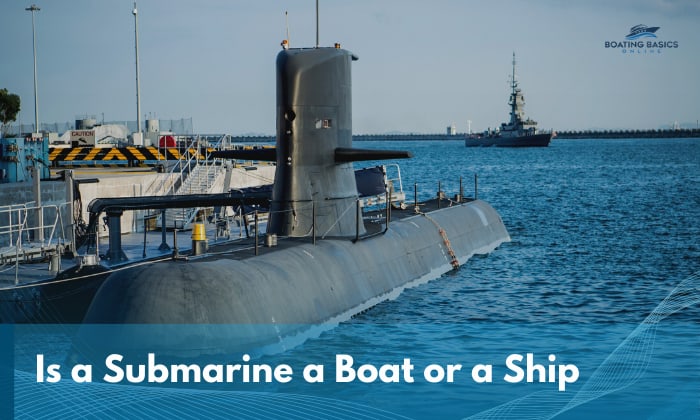
A submarine is classified as a ship, but tradition dictates it’s a boat (due to its small size back then). The latter association stuck, but technically, it’s really a ship. Most see no harm in referring to submarines as boats or ships.
Table of Contents
Officially and Formally, a Submarine is a Ship
Just ask any submarine officer you may be fortunate enough to meet about submarine classification, and he or she will likely confirm that a submarine is a ship.
This is especially true in submarine military speak. They’ll be more inclined to say, “ship’s ready” or “submerge the ship” if they are talking to their fellow officers and crew members about the vessel.
Submarine Terminology and Definitions
How a submarine is defined gives us another hint of the correct naval vessel categorization for it.
While some references like Encyclopaedia Britannica opts for the neutral route by calling it a “naval vessel”, most dictionaries mutually agree with the submarine definition that refers to it as either just a submersible “ship” or, more specifically, a “warship”.
Its description highlights its ability to function as a “hybrid” watercraft. After all, it’s able to propel itself both on the water’s surface and beneath it, aside from the distinctive design that differentiates it from conventional surface ships.
Why Are Submarines Called Boats?
In the past, sailors predominantly referred to submarines as boats. Just go through images of the earliest versions of these underwater vessels, and you’ll see that it’s hard to blame them for calling them boats.
Most are made of wood and are evidently small – way smaller than the modern submersible 700-ton behemoths we’re used to. They were manned only if they were needed to explore underwater or when performing underwater military maneuvers – unlike in a ship where there’s always a crew aboard, even if idle.
In addition, the world’s earliest functional submarine was allegedly modified after a rowboat. It even featured oars on each side for navigation, which further added to the confusion regarding what to address submarines as.
That pretty much sums up the historical context behind this specific nomenclature.
There are other reasons for it that go beyond history and tradition, though. I’ve highlighted each one here:
- Most watercraft are referred to as “boats” as a term of endearment. So, don’t be surprised if you encounter folks (especially long-standing sailors and submariners) who refrain from calling it a ship in casual conversation.
- In certain places, there’s a general agreement that submarines should be called boats. If you come across an officer from the Royal Navy, for instance, they’ll likely insist that it be referred to as such.
- There’s also a prevailing belief among sailors that submarines are called boats because their earlier versions turned like a boat. This means it tended to lean toward the turn rather than away from it (which is what a ship does).
True enough, most modern submarines lean a bit into the turn. However, this argument can be easily rebutted since certain submarines also manage to stay upright when turning.
Comparison of Boat vs Ship
I’ve prepared this table to sum up what I’ve researched about the differences between boats and ships. What’s clear is that there’s really no rigid distinction or set of rules that have been set by any governing authority regarding the matter.
Still, that hasn’t stopped people from arriving at a general consensus, as evidenced below:
| Criteria | Ship | Boat |
| Size | Typically larger | Usually smaller |
| Crew | Has a permanent crew | Normally only manned when in use |
| Commanding Officer | Assigned from the start | Doesn’t have a commanding officer |
| Navigation Capability | Innately able to operate in deep waters | Typically navigates shallow waters only |
| Carrying Capacity | Designed to carry smaller boats | Tiny enough to fit inside a ship for transport |
Characteristics of a Submarine
Submarines have a cylinder-shaped body and a dual-layer hull structure that safeguards the crew from immense water pressure and frigid temperatures. This quality allows them to dive to considerable depths while safeguarding the crew and equipment onboard.
They have earned a reputation as a vessel for war since they’ve been used in military operations starting from the late 18th century up to the present. These have to be distinguished as solely (nuclear) attack submarines, though, especially if we’re talking about the most modern incarnations of it.
At present, submarines have adopted silencing technology to prevent enemy forces from easily detecting them. These usually come in the form of sound-absorbing mounts, using soundproof materials for hulls, and reducing the overall noise of integrated machinery.
Other than that, here are the other common denominators of most submarines:
- Their integrated ballast tanks are positioned between the inner and outer hulls to grant complete control of the vessel’s buoyancy. These tanks have the ability to add or expel water to achieve that effect.
- Most are equipped with periscopes that allow you to look at the world above while submerged.
- Rudders facilitate side-to-side turning, while the diving planes handle rise and descent.
- Most modern engines are either diesel-powered, electric, or nuclear-powered.
- Sonar and radar allow submarines to detect objects underwater and on the surface as well as track other vessels.
- As warships, they’re armed with torpedoes, mines, and missiles, allowing them to take down enemy ships and other submarines.
It’s nothing short of eye-opening as far as this topic goes since it focuses on the early versions of this vessel
Conclusion
There’s clearly still plenty of debate with regard to the question, “Is a submarine a boat or a ship?” Still, we can’t deny that most of the qualities of a modern submarine make it better labeled as a ship than a boat – at least, in solely technical terms.
After all, it has advanced (and grown) enough to the point that it simply isn’t appropriate to call it just a “boat” anymore. But, in certain circles, the tradition endures – and frankly, a lot of folks don’t mind.

“My intention from the first day establishing Boating Basics Online is to provide as much help as possible for boaters who want to experience a first safe and convenient trip. So feel free to join us and share your beautiful journeys to the sea!”

